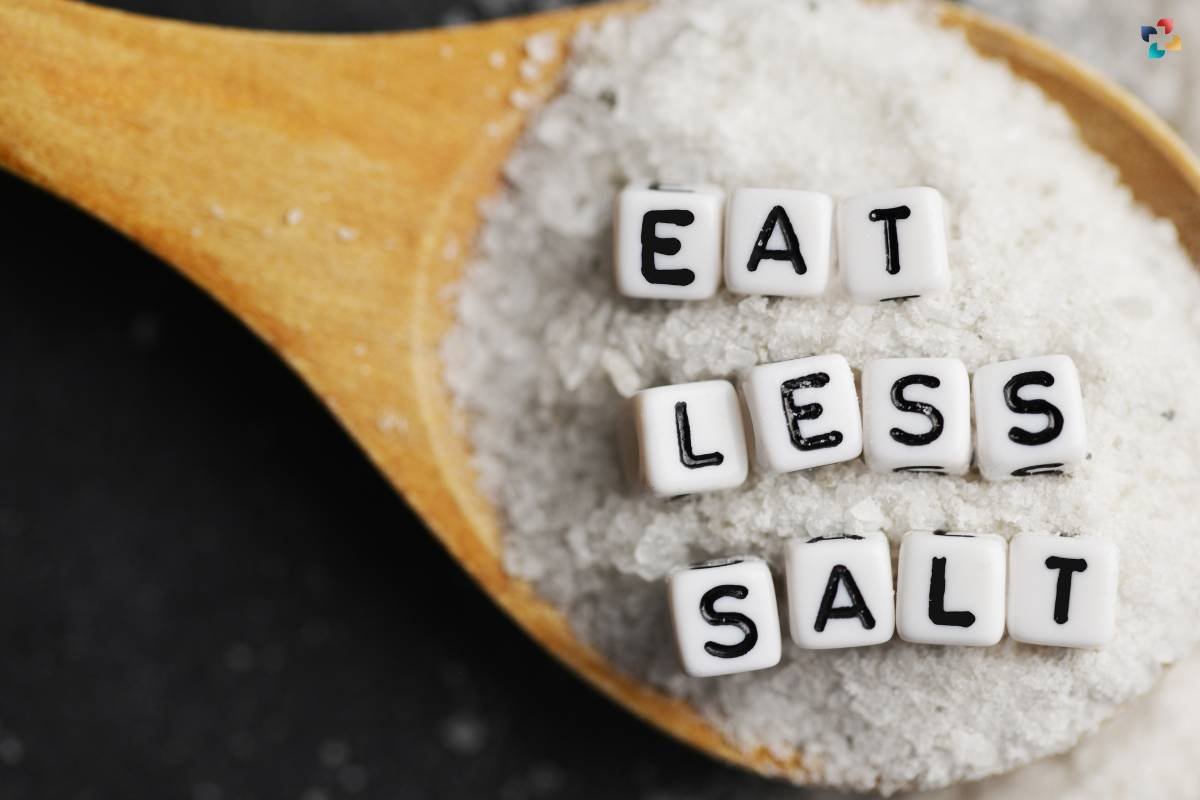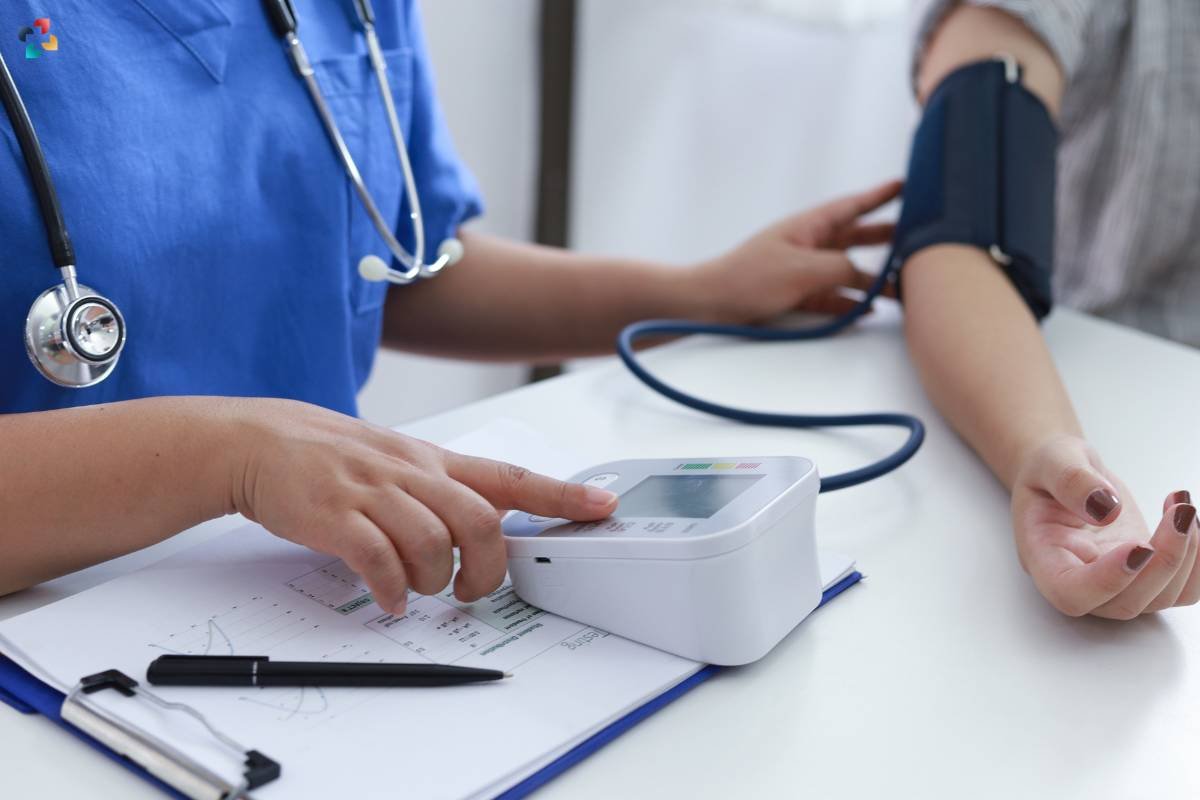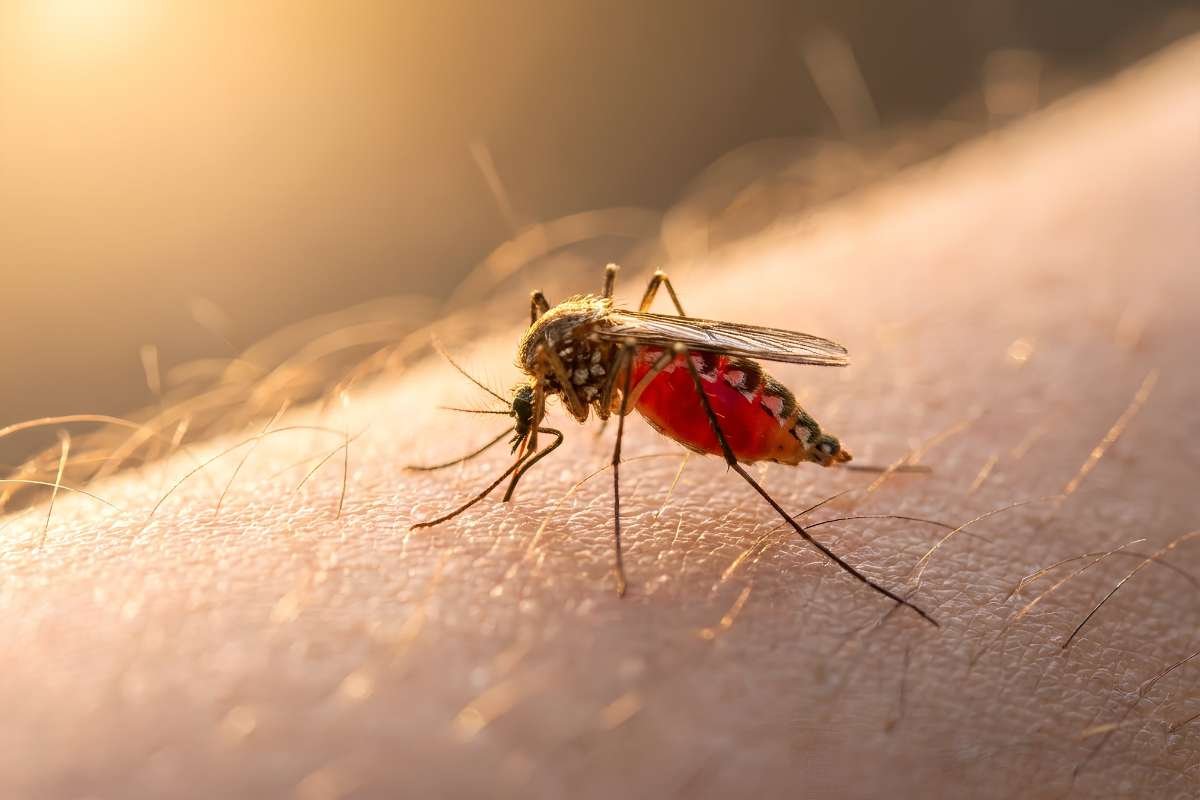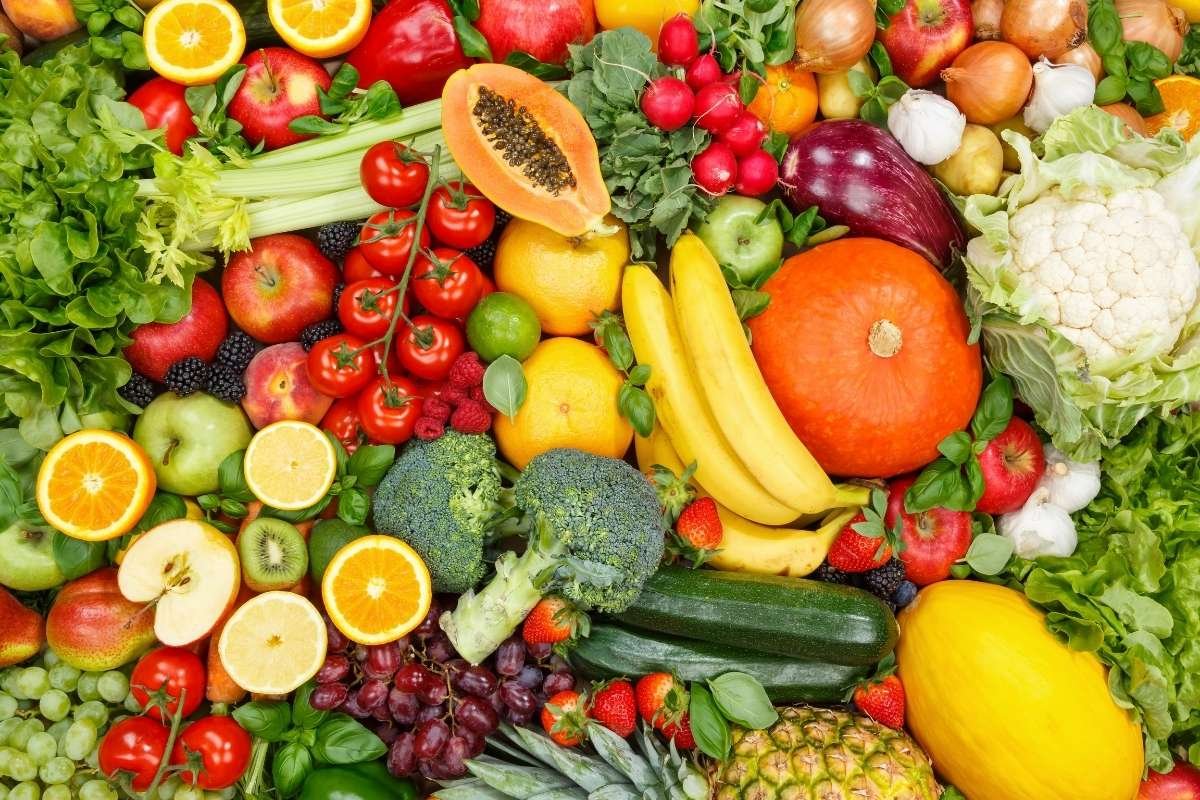It is critical to maintain ideal blood pressure when it comes to cardiovascular health. A thoughtfully planned diet becomes essential for controlling and reducing high blood pressure in those who struggle with it. This article explores the importance of a purposeful diet for high blood pressure, highlighting important dietary components, dietary tactics, and lifestyle changes that support blood pressure control.
Understanding the Impact of Diet on High Blood Pressure
1. Linking Diet to Blood Pressure
The connection between diet and blood pressure is well-established in medical literature. Consuming certain nutrients can either contribute to elevated blood pressure or support its regulation. A diet for high blood pressure patients focuses on mitigating risk factors, promoting heart health, and fostering overall well-being.
2. Reducing Sodium Intake

A pivotal aspect of the diet for high blood pressure patients revolves around managing sodium intake. Excessive sodium can lead to fluid retention, elevating blood pressure. Consequently, a sodium-conscious diet emphasizes the reduction of salt in meals and the avoidance of highly processed foods, which often harbor hidden sodium.
Components of a Heart-Healthy Diet for High Blood Pressure Patients
1. Embracing a Plant-Centric Approach
A plant-centric diet stands out as a cornerstone for high blood pressure management. Rich in fiber, antioxidants, and various micronutrients, fruits, vegetables, and whole grains contribute to overall cardiovascular health. Emphasizing a colorful array of plant-based foods ensures a diverse nutrient profile.
2. Incorporating Potassium-Rich Foods
Potassium plays a pivotal role in counteracting the effects of sodium and regulating blood pressure. High blood pressure patients benefit from incorporating potassium-rich foods like bananas, oranges, leafy greens, and sweet potatoes into their diet. These foods contribute to a healthier sodium-potassium balance.
3. Prioritizing Lean Proteins
Lean protein sources, such as poultry, fish, legumes, and tofu, feature prominently in a heart-healthy diet. These proteins offer essential amino acids without the saturated fat found in some red meats. Omega-3 fatty acids present in fatty fish like salmon also contribute to cardiovascular well-being.
4. Choosing Whole Grains
Whole grains, such as brown rice, quinoa, and oats, provide a wholesome source of fiber and essential nutrients. Fiber aids in digestion, helps maintain a healthy weight and supports overall heart health. These grains are integral components of a diet tailored to manage high blood pressure.
5. Moderating Alcohol Consumption
While moderate alcohol consumption may have cardiovascular benefits, excessive intake can contribute to elevated blood pressure. High blood pressure patients should adhere to recommended guidelines for alcohol consumption, with moderation being key to reaping potential health benefits without adverse effects.
Diet for High Blood Pressure Management
1. The DASH Diet
The Dietary Approaches to Stop Hypertension (DASH) diet stands as a prominent example of an eating diet for high blood pressure patients. Emphasizing fruits, vegetables, lean proteins, and low-fat dairy, the DASH diet underscores the importance of reducing sodium intake to support blood pressure management.
2. Meal Planning and Portion Control
Effective meal planning and portion control contribute significantly to high blood pressure management. Eating smaller, well-balanced meals throughout the day helps prevent overeating and stabilizes blood sugar levels. Controlling portion sizes ensures a balance of essential nutrients without excessive caloric intake.
3. Hydration with Water

Adequate hydration, primarily through water intake, is essential for overall health and blood pressure management. Water helps maintain fluid balance, supports kidney function, and can contribute to a sense of fullness, aiding in weight management—a crucial factor in blood pressure control.
Lifestyle Modifications to Enhance Blood Pressure Control
1. Regular Physical Activity
Physical activity is a key lifestyle factor in blood pressure management. Engaging in regular aerobic exercises, such as brisk walking, jogging, or cycling, contributes to overall cardiovascular health. Exercise helps maintain a healthy weight, improves circulation, and supports blood pressure regulation.
3. Stress Management Techniques
Chronic stress can contribute to elevated blood pressure. Adopting stress management techniques, such as meditation, deep breathing exercises, or yoga, can positively impact blood pressure levels. These practices promote relaxation and contribute to overall mental and cardiovascular well-being.
Navigating Challenges and Crafting Sustainable Dietary Habits
1. Overcoming Salt Cravings
Reducing salt intake can be challenging, especially for those accustomed to a high-sodium diet. Gradual reductions, flavoring meals with herbs and spices, and choosing fresh, whole foods contribute to adapting taste preferences while prioritizing cardiovascular health.
2. Seeking Professional Guidance

Individuals with high blood pressure should consider consulting with healthcare professionals or registered dietitians to tailor a diet that aligns with their specific health needs. Professional guidance ensures that dietary modifications are personalized and conducive to overall health.
Conclusion: A Holistic Approach to Blood Pressure Management
Developing a purposeful diet for high blood pressure patients is more than just selecting foods; it’s a commitment to cardiovascular health and general well-being. People can effectively manage their high blood pressure by adopting heart-healthy dietary recommendations, reducing their sodium intake, and embracing a plant-centric approach.
An all-encompassing strategy for blood pressure control is created when food changes are combined with lifestyle adjustments, such as consistent exercise and stress reduction. Dietary practices are made sure to be both sustainable and customized to meet the specific health needs of each individual by overcoming obstacles and obtaining expert advice.
Throughout the process of controlling blood pressure, each meal presents a chance to support resilience, promote wellness, and develop a heart-healthy lifestyle that beats in unison with the sound of well-being.
Also Read: 10 Superfoods for Diabetic Patients







